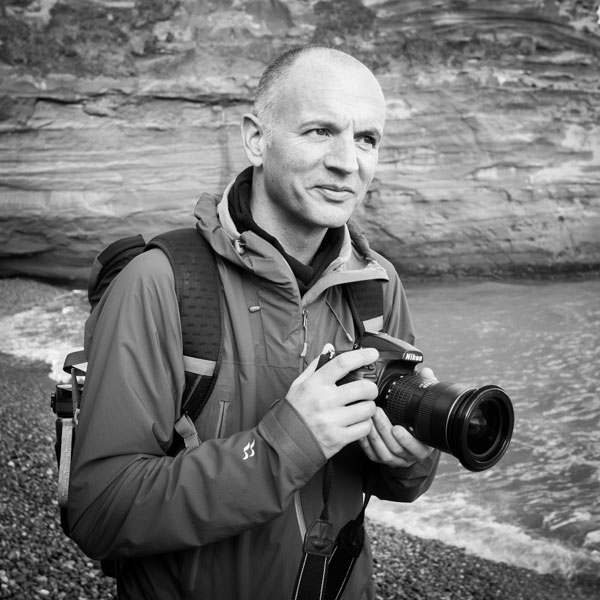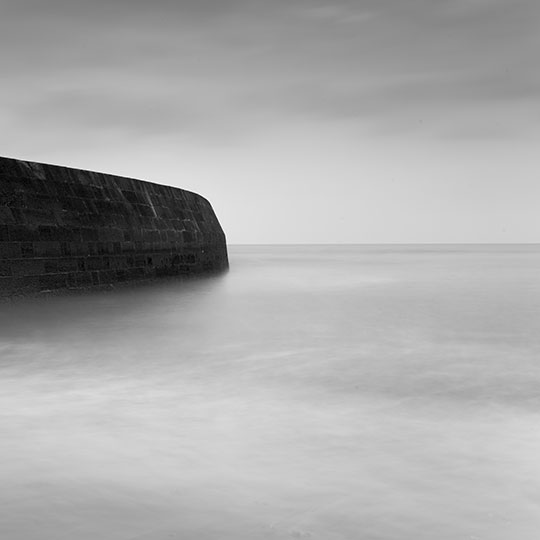The art of seeing #26: Slow shutter speeds and calm scenes can be mindful
Soothe the soul in these crazy times by learning the craft of slow-shutter-speed photography

Benedict Brain is a UK-based photographer, journalist and artist. He is an Associate of the Royal Photographic Society and sits on the society’s Distinctions Advisory Panel. He is also a past editor of Digital Camera Magazine.
As we find ourselves in further lockdown, mini projects like this one from my Art of Seeing series can be great boredom breakers and can provide you with ways to hone your skills.
The craft of slow- shutter-speed photography is something I’ve written about many times during my career. I even run a workshop called ‘Slow-Mo Mojo’ for the Royal Photographic Society. It can be a lot of fun and is a good technique to master. However, while I understand the attraction, all too often I sense the technique is used indiscriminately, without intent or purpose. It’s as if the first whiff of moving water inspires a need to whip out neutral-density filters, cable releases and tripods to render anything that moves silky smooth, regardless of a measured, creative response to the scene.
In my workshops and writings, I try to encourage an attitude that is driven by ideas, and not technique for technique’s sake. Slow-shutter-speed photography is cool, and I love the way it renders a scene in a way that is so uniquely photographic, literally recording the passage of time in a single frame. I also love the way it can be used as a graphic tool to simplify the ‘design’ of an image.
However, the ever-popular technique should be used to realize an idea or a visceral response to a place. In other words, the idea should come before the technique. Techniques are part of a creative toolbox – and, just like a regular toolbox, it’s important to choose the right tool and technique for the job in hand.
This image was made at The Cobb at Lyme Regis, Dorset. Not only is the final result quite calming to look at, but the process of making the image was in itself a calming, almost meditative experience. The act of slowing down and going through the mechanical process of setting up a tripod, composing the image, focusing, adding ND filters and calculating exposure, then carefully observing the movement of the water, learning its ebbs and flows, and anticipating how they will be rendered on the sensor, is in itself a mindful process.
This is not the kind of image I would normally make as part of my personal practice, but in these crazy chaotic times of Covid-19, I find both the image and the process of making it soothing for the soul.
• Other articles in the Art of Seeing series
The best camera deals, reviews, product advice, and unmissable photography news, direct to your inbox!
Read more:
• Best neutral density filters
• Black and white photography tips
• The 50 best photographers ever
• 100 best photography quotes from famous photographers
• The best coffee-table books on photography
Benedict Brain is a UK based photographer, journalist and artist. He graduated with a degree in photography from the Derby School of Art in 1991 (now University of Derby), where he was tutored and inspired by photographers John Blakemore and Olivier Richon, amongst others. He is an Associate of the Royal Photographic Society and also sits on the society’s Distinctions Advisory Panel.
Until July 2018 Benedict was editor of Britain’s best-selling consumer photography magazine, Digital Camera Magazine. As a journalist he met and interviewed some of the world’s greatest photographers and produced articles on a wide range of photography related topics, presented technique videos, wrote in-depth features, curated and edited best-in-class content for a range of titles including; Amateur Photographer, PhotoPlus, N-Photo, Professional Photography and Practical Photoshop. He currently writes a regular column, The Art of Seeing, for Digital Camera magazine.


